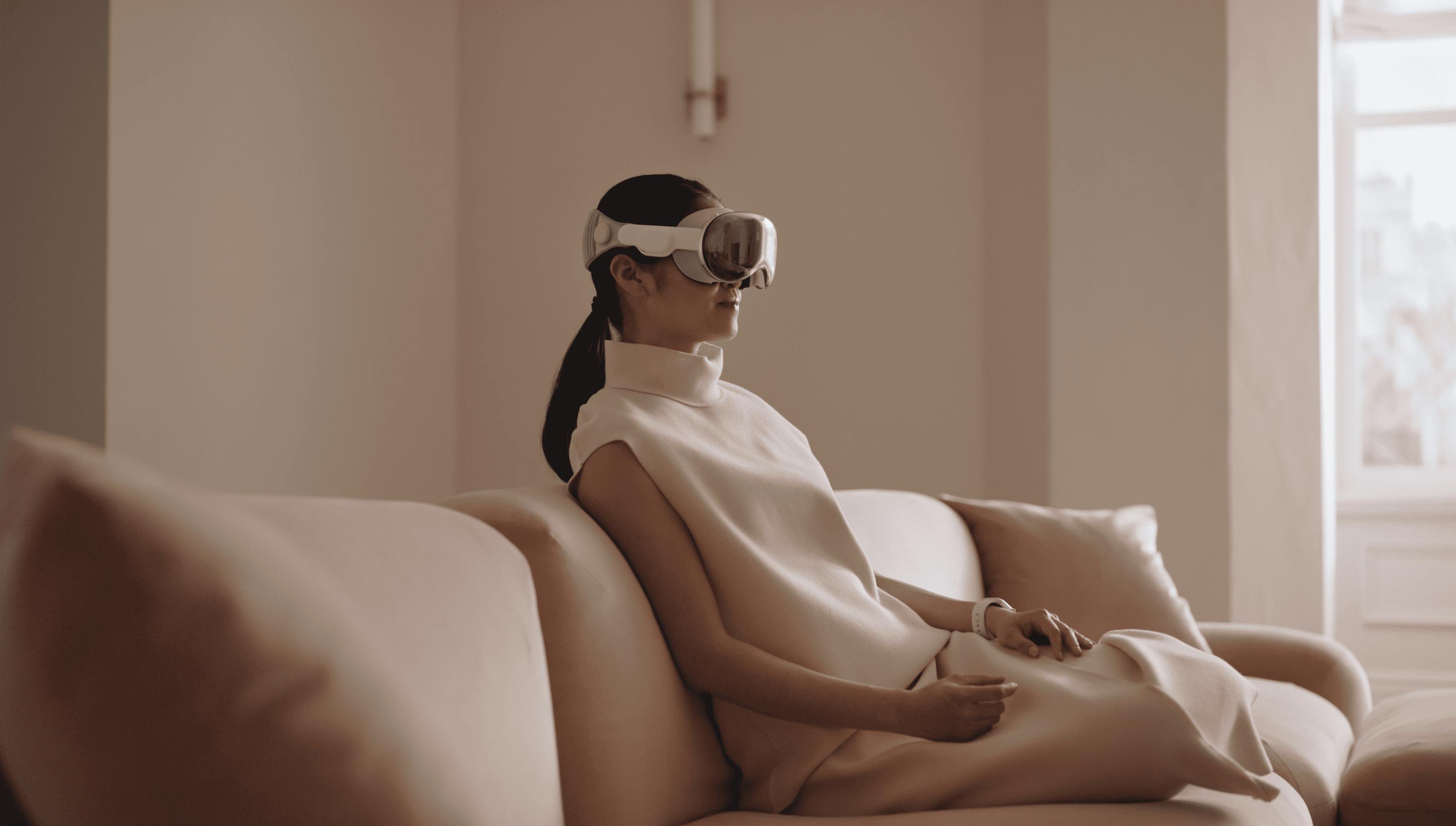
The Power of Extended Reality: Revolutionizing the Fashion Industry
Extended Reality (XR) is reshaping the way we perceive and interact with the world, and the fashion industry is no exception. As the digital realm continues to expand its influence, fashion brands are harnessing the potential of XR to create immersive and engaging experiences for consumers. In this article, we will explore why the fashion industry can no longer afford to ignore the transformative capabilities of extended reality.
Enhancing the Shopping Experience
Traditional shopping experiences are evolving rapidly, with more consumers turning to online platforms. XR technologies offer a unique opportunity for fashion brands to bridge the gap between physical and digital retail environments. Virtual reality (VR) allows customers to step into virtual stores, browse through collections, and even try on virtual garments, providing a highly personalized and interactive shopping experience from the comfort of their homes.
Augmented reality (AR) takes the shopping experience a step further by integrating virtual elements into the real world. Through AR-powered mobile applications, customers can try on virtual clothing and accessories using their smartphone cameras. This technology not only enables customers to visualize how different garments would look on them but also allows brands to showcase their products in creative and captivating ways.
Enhanced Brand Storytelling
XR technologies provide fashion brands with powerful storytelling tools to captivate and engage consumers. By leveraging VR and AR, fashion companies can transport their customers into unique narratives and immersive brand experiences. From virtual fashion shows to interactive campaigns, XR enables brands to create memorable moments that forge deeper connections with their audience.
For instance, luxury fashion houses can use VR to offer virtual front-row seats to their runway shows, granting global audiences unprecedented access to exclusive events. AR-powered campaigns, on the other hand, can bring static print advertisements to life, allowing customers to interact with products, access additional information, and even make purchases directly from the ad itself.
Sustainability and XR
The fashion industry is increasingly embracing sustainability, and XR technologies can play a vital role in supporting this shift. By reducing the need for physical samples and prototypes, XR can significantly minimize waste throughout the design and production processes. Virtual prototypes enable designers to visualize and iterate on their creations before committing to physical production, leading to more efficient and sustainable practices.
Moreover, XR can contribute to reducing the environmental impact of the supply chain by facilitating virtual showrooms and virtual fittings. Brands can showcase their collections to buyers and investors without the need for extensive travel, minimizing carbon emissions and reducing the overall ecological footprint of the fashion industry.
Challenges and Future Outlook
While XR holds immense potential for the fashion industry, it is not without its challenges. The technology is still evolving, and there are technical and logistical barriers to overcome. Additionally, ensuring a seamless and intuitive user experience is crucial to widespread adoption.
However, as technology continues to advance, these challenges are being addressed, and the benefits of XR for the fashion industry outweigh the hurdles. The COVID-19 pandemic further accelerated the adoption of XR technologies, highlighting the need for innovative solutions to connect with consumers in a remote world.
Conclusion
Extended Reality is revolutionizing the fashion industry by transforming the way brands interact with consumers and creating immersive shopping experiences. From virtual showrooms to augmented reality try-ons, XR technologies empower fashion brands to enhance storytelling, foster sustainability, and forge deeper connections with their audience.
As the fashion industry continues to embrace the digital revolution, integrating XR into business strategies is no longer an option but a necessity. By harnessing the power of XR, fashion brands can position themselves at the forefront of innovation, driving growth, and captivating customers in the evolving landscape of retail and beyond.